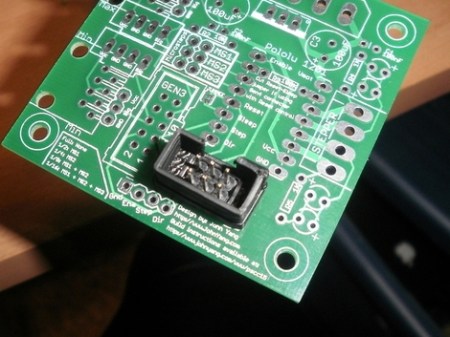
So you know how to build and program robots; what do you want, a badge? Now you can get just that, assuming you’re 11-18 years old and know all of the secret (or not so secret) handshakes, oaths, and pledges. The Boy Scouts of America recently announced the brand-new robotics merit badge. Now kids who cut their teeth building rule-breaking entries in the Pinewood Derby can have a go with robotics kits.
The requirements which must be satisfied to earn the badge start with safety and end with an exploration of the careers associated with the field. Along the way the Boy Scouts are encouraged to learn about keeping an engineering notebook during the design process, planning and programming the hardware, and attending a robotics competition like FIRST or VEX.
It’s not hard to see that this merit badge is right up our alley. We just hope it can grab some attention from the uber-popular badges like Stamp Collecting and Basketry.
















